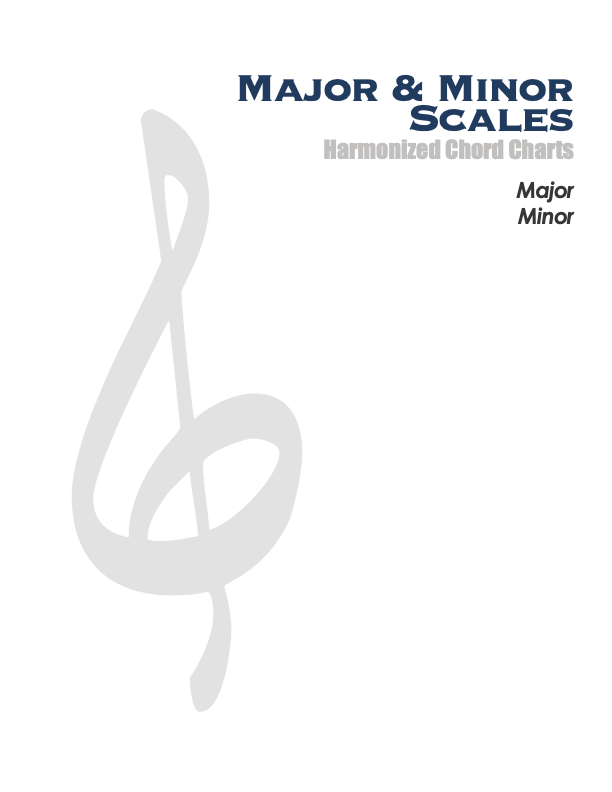Harmonic Analysis (RMA) Worksheet for the song: "Mele Kalikimaka"
Harmonic Analysis (RMA) Worksheet for the song: Mele Kalikimaka.
Mele Kalikimaka (pronounced [ˈmɛlɛ kəˌlikiˈmɐkə]) is a Hawaiian-themed Christmas song written in 1949 by R. Alex Anderson. The song takes its title from the Hawaiian phrase Mele Kalikimaka, meaning "Merry Christmas". One of the earliest recordings of this song was by Bing Crosby and the Andrews Sisters in 1950 on Decca. It has been covered by many artists and used in several films (including L.A. Confidential, Catch Me If You Can, and National Lampoon's Christmas Vacation).
The expression Mele Kalikimaka is a loan phrase from English. But since the Hawaiian language has a different phonological system from English, it is not possible to render a pronunciation that is especially close to Merry Christmas. Standard Hawaiian does not have the /r/ or /s/ sounds of English and its phonotactic constraints do not permit consonants at the end of syllables or consonant clusters. Thus the closest approximation to Merry Christmas is Mele Kalikimaka.[6] The earliest record of the greeting, Mele Kalikimaka, in print is from 1904, in the Hawaiian language newspaper Ka Nupepa Kuokoa, published between 1861 and 1927. (wikiwand);

The Daily Ukulele— 365 Songs for Better Living book.








A Harmonic Analysis (RMA/HA) and its worksheet are intended to show the function of the chords, the harmonic principles used, the keys and tonalities the song explores. And, can be used for scale selections and chord and scale substitutions.
lead leadsheet.Minimal roadmap information such as repeats, fine, D.S., D.C., and codas has been used in preparing the worksheets to somewhat mirror the leadsheet in the Daily Ukulele book.
Yellow Book. You should start to recognize that 1st endings typically always return to a previous verse or an
 section. With a 2nd ending, a transition to a different part of the song, a
section. With a 2nd ending, a transition to a different part of the song, a  or chorus. Harmonic Principles are used for these repeats and transitions.
or chorus. Harmonic Principles are used for these repeats and transitions.Mele Kalikimaka is in 4/4, Common Time and the Key of F .
- Full Diatonic
- Partial Diatonic • Full Diatonic includes Secondary Dominant chords

Scale Abbreviation Legend
Traditional Scale Names:
Maj: Major,
Dim: Diminished,
WT: Whole Tone,
Pent: Major Pentatonic,
Scale Mode Names:
Ion: Ionian,
Dor: Dorian,
Phrygian: Phrygian,
Lyd: Lydian,
Mix: Mixolydian,
Aeol: Aeolian,
Loc: Locrian
Contemporary Scales: Minor Pent: Minor Pentatonic, Pent: Major Pentatonic, Blues,
Scale/Mode Names: Ion: Ionian (Major), Dor: Dorian (Minor), Phrygian: Phrygian, Lyd: Lydian, Mix: Mixolydian (Dominant), Aeol: Aeolian (Natural Minor), Loc: Locrian


- GLOSSARY ↠ Picardy Third
- (wikiwand) Mele Kalikimaka
- Bing Crosby – Mele Kalikimaka (1950)
Related Lessons, Videos, Lesson Series, Songs, Books & Reference Charts, Resources & Assets, Workshops are below.

Harmonic Analysis (HA), also known as the study of chord relationships, is the method used to identify the harmonic role of chords within a chord progression or song. A chord progression refers to a sequence of chords, with each chord having a root note and belonging to a specific chord type. The function of a chord within a particular scale's tonality is determined by its relationship to that scale.

Feliz Navidad is a Christmas song written in 1970 by the Puerto Rican singer-songwriter José Feliciano. With its simple Spanish chorus (the traditional Christmas/New Year greeting, "Feliz Navidad, próspero año y felicidad" meaning "Merry Christmas, a prosperous year and happiness") and equally simple English verse "I wanna wish you a Merry Christmas from the bottom of my heart", it has become a classic Christmas pop song in the United States, throughout the Spanish-speaking world and internationally.

Rockin' Around the Christmas Tree is a Christmas song written by Johnny Marks and recorded by Brenda Lee in 1958 on Decca. Despite her mature-sounding voice, Lee recorded this song when she was only thirteen years old. The song's declaration of a rock and roll sound notwithstanding, its instrumentation also fits the country music genre, which Brenda Lee more fully embraced as her career evolved. The recording features Grady Martin's ringing guitar and Boots Randolph's swinging solo sax break. The song is written in the key of A-flat major.

Harmonic Analysis is the understanding of the functional sequence of chords. It is the process used to analyze the harmonic structure of a progression, song or composition. This analysis is then used to make scale selections for improvisation and chord substitution.

Strum a different song every day with easy arrangements of 365 of your favorite songs in one big songbook! The Daily Ukulele features ukulele arrangements with melody, lyrics and uke chord grids and are in ukulele-friendly keys that are particularly suited for groups of one to one hundred to play and sing.


return in your investment)—it is this— learning the
f*ckingnotes of your OWN instrument. Sorry for the tough talks—but it is sooooo true!


Learn to read single note melodies in the first/open position is a lot easier than you might think. Book: Ukulele – Reading Music Series – Primer

An organized collection of daily practice and reference material for the contemporary ukulele player for developing the vocabulary and knowledge necessary for single note playing. Book: Daily Practice Material for the Contemporary Ukulele
Checkout the Books & Reference Charts for additional Handy, Dandy Reference Charts.

Ukulele Fingerboard Chart for C Tuning, Low or High G – G C E A

Ukulele Fingerboard Chart for G Tuning, Low or High A – D G B E

A handy reference chart of all 15 major and relative minor key signatures. US Letter 8.5 x 11 sized (ANSI-A) , A4







.jpg)